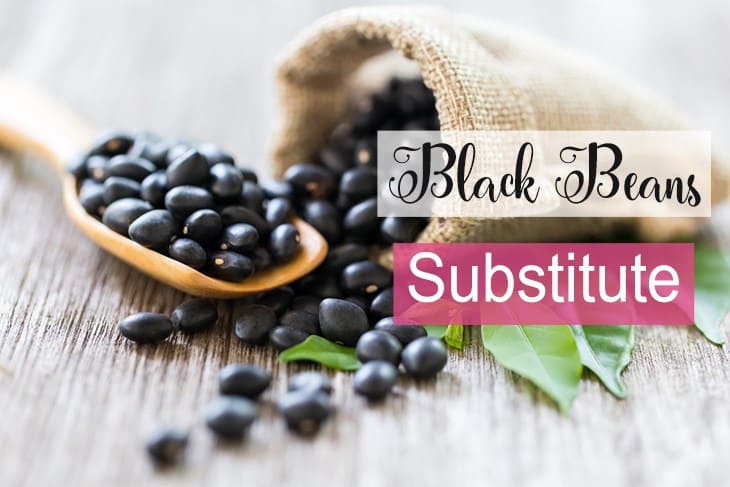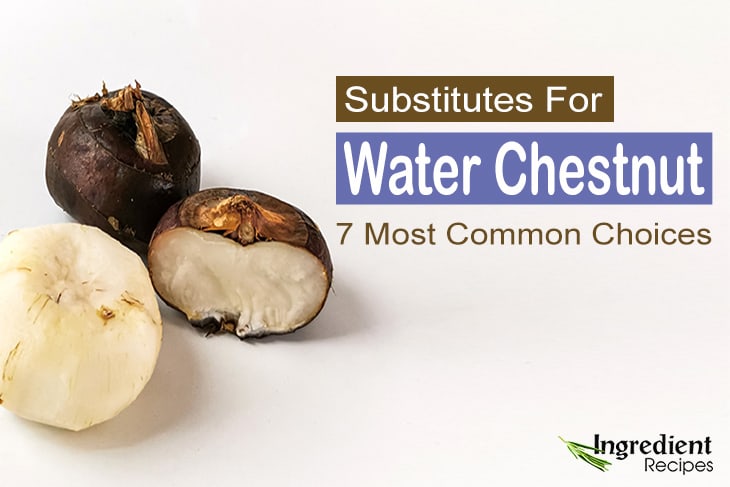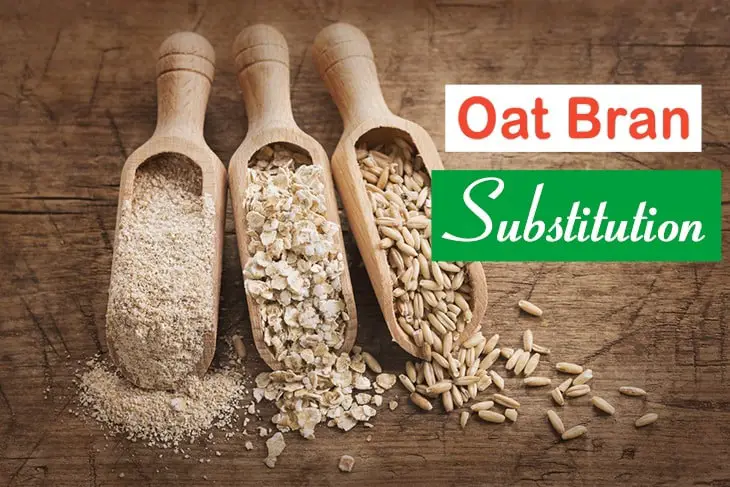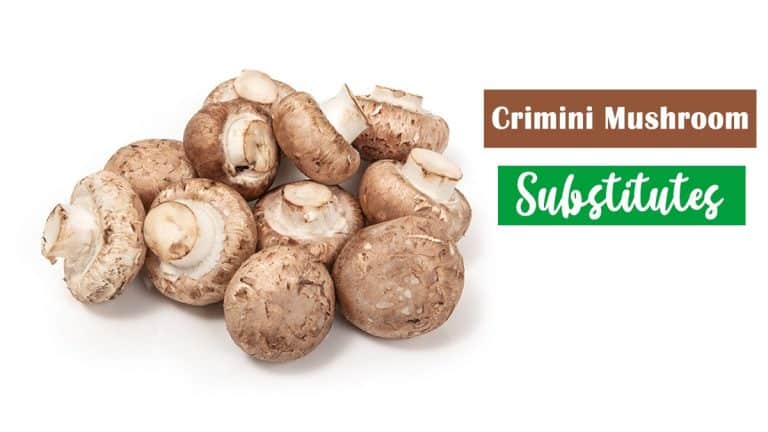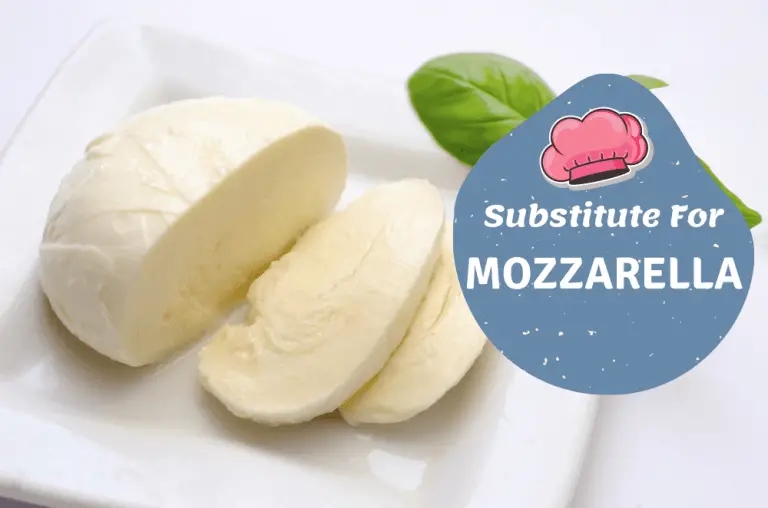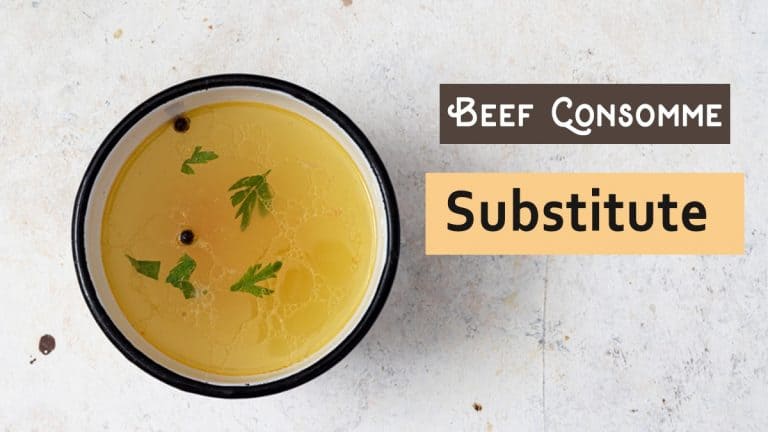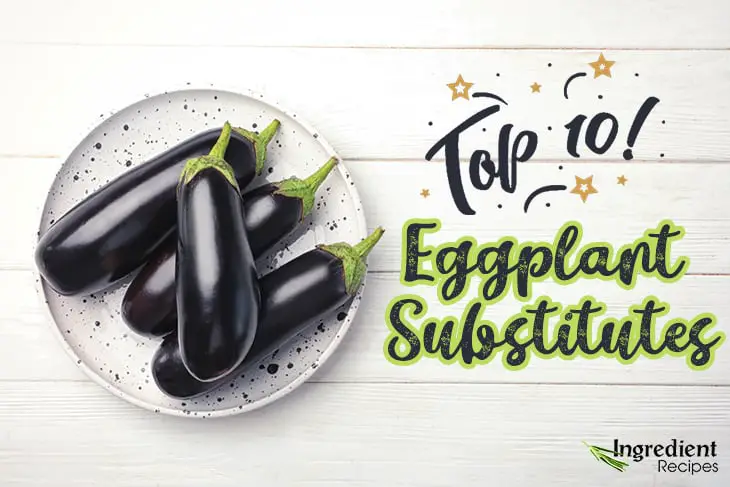
While many people are really into the eggplant’s taste, others have to find eggplant substitutes for their recipes since they can’t put up with the flavor.
Whether you like it or not, an eggplant is a true kitchen multitasker and great for roasting, stir-fries, and casseroles. If you are a non-eggplant eater, you can use the following vegetables for your recipe. Let’s get started!
What Are The Best Substitutes For Eggplants?
Okra, zucchini, mushrooms, and other vegetables are excellent substitutes for eggplant in cooking. These alternatives substantially resemble eggplant’s flavor and texture and work well in most dishes.
1. Zucchini
Zucchini originated from Mexico and the northern regions of South America for a very long time. When the Americans moved to Europe, zucchini began to be cultivated there. Specifically, in the 19th century, zucchini was cultivated and developed in the Milan region, Italy.
Zucchini can reach from 5.9 to 9.8 inches in length. Its skin is thin, dark green, orange-green or dark yellow depending on the variety.
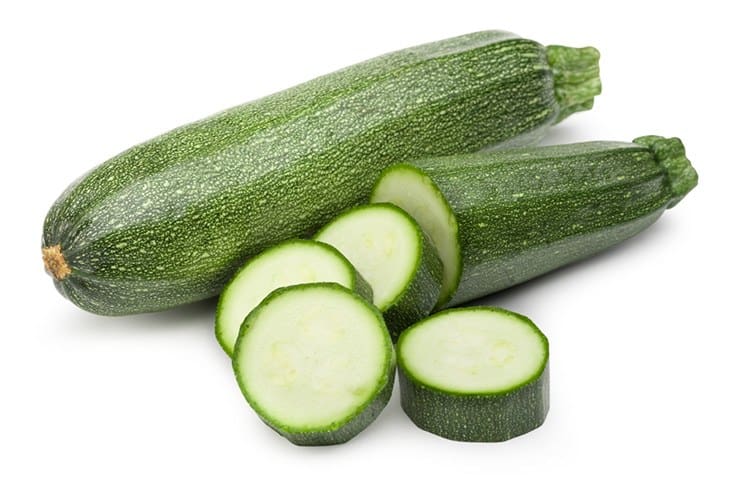
If processed, zucchini has nearly the same taste as eggplants, thanks to their milder flavor and less soggy or mushy appearance. If you don’t want to use eggplants or if they’re not available, simply double the amount of zucchini. In the end, you’ll still have a flavorful dish.
You can make many delicious and nutritious dishes for your families from this vegetable, such as zucchini soup, stir-fried zucchini, or Ratatouille vegetable stew. When processing the zucchini, remember to wash it carefully and cut off its stem.
Zucchini contains many antioxidants beneficial for health, helping to protect the body from free radical damage.
Also, thanks to the high water and fiber content, zucchini does wonder for the digestive system. It reduces the risk of constipation and some gut-related problems.
2. Okra
Okra is a popular food that is grown and consumed almost anywhere in the world. This green leafy vegetable is low in calories, and rich in nutrients and antioxidants, beneficial for your health.
Okra has a mild taste and a special texture. When cooked, it preserves a crunch but becomes deliciously tender when slow-cooked. After being processed, its taste is close to that of eggplant, making it a perfect alternative.

The primary difference between the two vegetables is that okra releases slimy gel. It can be used to thicken the food in slow-cooked meals such as casseroles, although it seems unpleasant and unbearable in other recipes.
If you don’t like its sliminess, you can soak okra in vinegar for an hour, then thoroughly pat dry before cooking. Doing so will help reduce the natural mucilage, so it may be easier to eat.
For fast-made dishes like a stir-fry, you won’t need to care about the okra’s slime as there won’t be enough time for it to produce any undesirable liquid.
3. Portobello Mushrooms
Portobello mushrooms add a unique umami taste to your dishes. If you’re trying to replicate the flavor of eggplants, this isn’t the best choice. On the other hand, this mushroom variant would work well in a variety of dishes, including pasta and moussaka.
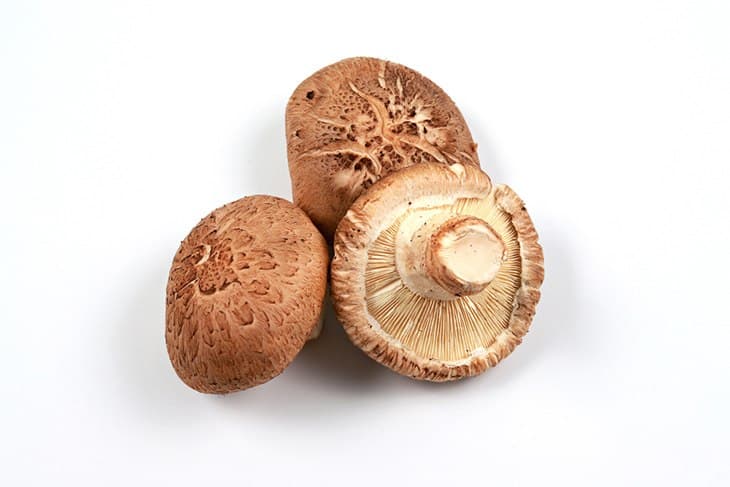
Portobello mushrooms is one of the best meat substitutes for vegetarians and vegans due to their moist texture and savory flavor. Furthermore, ingredients commonly associated with eggplants, such as garlic, onion, and peppers, can perform well with mushrooms.
The only issue with portobello mushrooms is that they are small in size. When you need long cuts of eggplant to layer the food, mushrooms are not an ideal choice.
4. Summer Squash
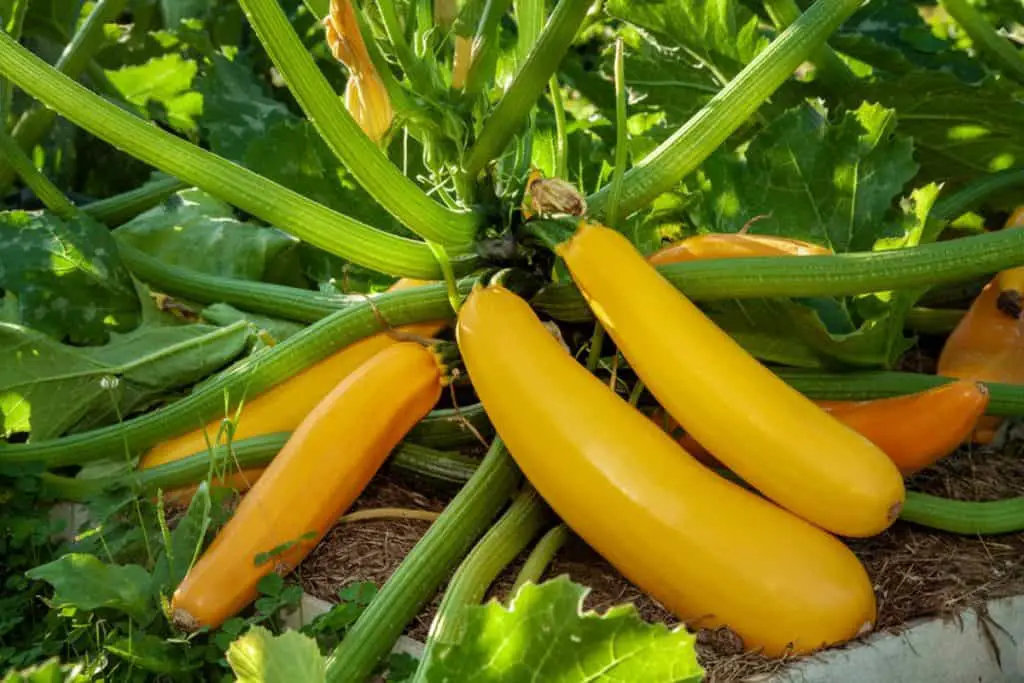
Summer squash, unlike their winter counterparts, has smooth, thin skin that is perfectly edible. They are all mildly flavored and can be eaten raw or grilled. They are another mild alternative that will not overwhelm your dish with taste while adding a good texture.
If you want to prepare a tastier meal, pattypan or yellow squash are fine replacements for eggplant. This vegetable works well in casseroles, stir-fries, and ratatouille.
Larger squash varieties, including eggplants, are also good for stuffing. Many who dislike bitter foods will love this substitute.
5. Turnips
If you’re finding vegetables to substitute eggplant in dishes like stews, root vegetables are the way to go. Turnip is a root vegetable grown in temperate climates.
It’s usually 0.4 – 2.4 inches in size, with white skin and protruding from the ground. As a result, this tuber may turn red, white, purple, or green when exposed to sunlight. Turnip leaves are grown directly from the upper ground part of the base.

The leaves have a spicy taste but will soften when cooked. We usually use small turnip leaves more often than large ones, as they are less bitter and easier to eat.
Meanwhile, the root has a lighter flavor that can be eaten raw as in salads and prepared for many other dishes. This is also the reason why you can use turnips as a substitute for eggplants.
6. Rutabagas
According to scientists, rutabaga is native to the Mediterranean, and derived from crossing cabbage and radish naturally or intentionally. Rutabagas are circular, cylindrical, or oval, depending on the variety.
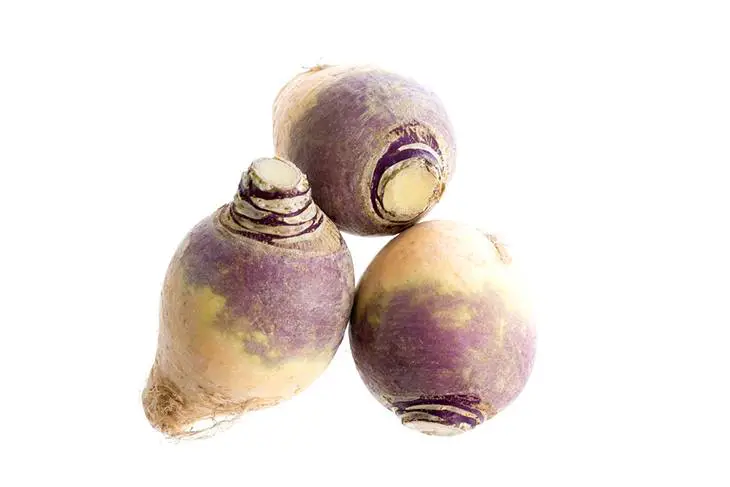
The pulp can come in different shades of yellow. The color of the shell protruding from the ground surface of the component is gray-green or purple.
Rutabaga is another popular choice for stews since it is large and available all the time. They have the same taste as turnips and an earthy undertone.
Also, you can cook it in a number of ways. Rutabaga can be eaten raw, and remember to shred it into a slaw before eating. You could also cook it by roasting, mashing, braising, grilling, or frying.
7. Green Tomatoes
Tomatoes are divided into two categories based on their colors: red and green tomatoes. While both of them are nutritious, green tomatoes contain more nutrients than red tomatoes.
Tomatoes are so widely used that they can be found in any corner of the earth and in an assortment of cuisines. Tomatoes come with natural umami flavors that you could eat raw. From sauces to salads, tomatoes are among the most useful vegetables you can pick up.
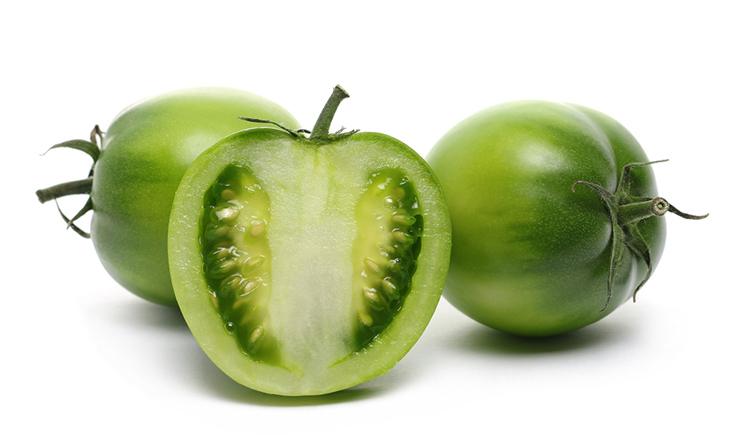
The green version is a perfect choice to make a colorful ratatouille. Since ratatouille contains red tomatoes in the ingredients already, using the green tomatoes as an alternative to eggplants sounds more appropriate.
The green variety would undoubtedly provide a more interesting appearance to an otherwise standard ratatouille. If you hardly find any green tomatoes in your city, you can increase the number of red tomatoes included.
We highly recommend using green variants, especially when making ratatouille. Want to explore more about different types of tomatoes? I also wrote an article about the best substitute for fire-roasted tomatoes.
Other Eggplant Varieties
If you’ve only ever bought an eggplant at a local market, you might think they’re all the same— big, oval, and deep purple. In fact, it’s not the truth. There are numerous types available, each of which is special and has unique features.
Today, we’ll pick three of our favorites to share. Try these varieties if you don’t want to remove eggplant entirely from your dishes.
1. Fairy Tale Eggplant
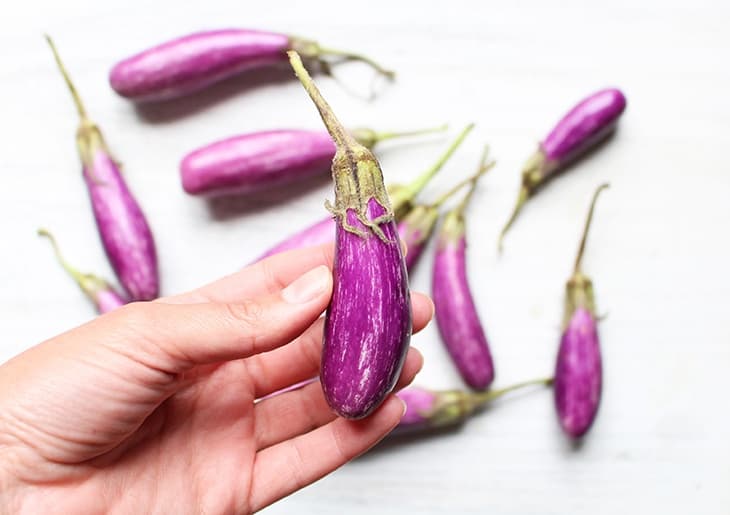
Fairy tale eggplant is the smallest version that you can find worldwide. It’s a petite plant with decorative miniature eggplants. No worries that this variant is prematurely harvested. When reaching a particular size, it won’t grow any bigger because of their special features.
This heirloom variety has purple and white lines. Like other variants, this petite eggplant will take to stir-frying, and roasting in slices to be served. Because they are so tender, they are so tasty when being grilled. This version will offer outstanding flavors for any dishes you can cook.
Try serving this baby and cute version as one of your delightful side dishes at your next summer barbecue. Or more simply, you can use this ingredient for layering in a baked dish.
2. White Eggplant
As the name implies, this variety is distinguished by its pure white color; from the outer skin, flesh to seeds, it is completely white color. Their skins are firmer than those of purple varieties, and they should be peeled before putting them in the cooking pot.
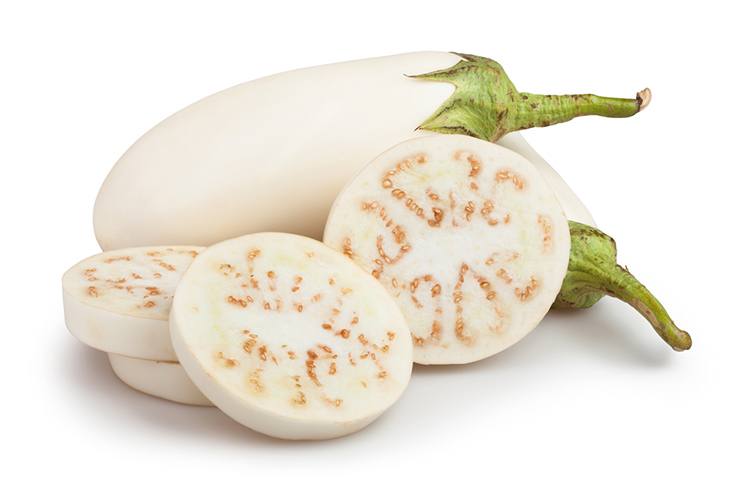
There isn’t much of a flavor difference between it and standard eggplant. White ones are smooth and mild when cooked, with a soft sweet taste. You won’t feel the bitterness at all!
You can easily purchase this white version in the summer months. It comes in a variety of shapes and sizes. If you can catch sight of this vegetable in a grocery store near where you live, then you’re lucky.
White eggplants are versatile, so you can include them in almost any recipe. They are most suitable for cooked applications such as sautéing, pan-frying, deep-frying, grilling, and baking.
Sometimes, in lieu of purple shades, you could use white ones for the layers, which is a nice twist for making ratatouille. Instead of lasagna pasta, we usually use white eggplant to make nutritious lasagna dishes.
3. Indian Eggplant
Indian eggplants are another fantastic type that you can try. They also have a small size, averaging 2-2.8 inches, depending on maturity. Even so, it is larger than fairy tale eggplants and has a darker purple color.
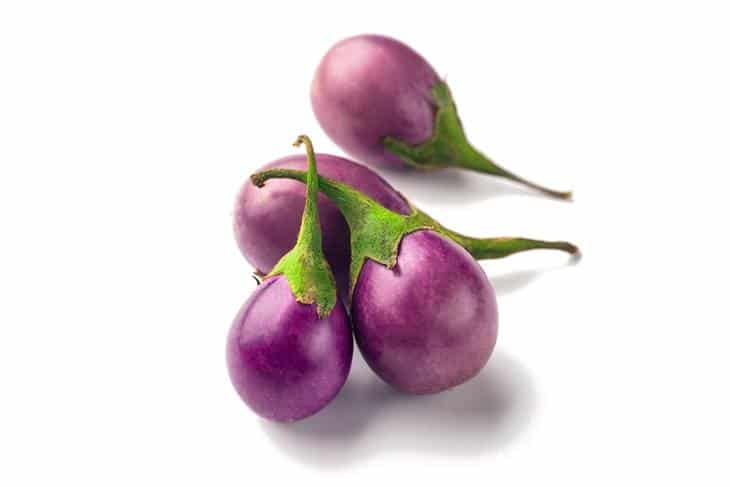
This variant has a slight taste with sweet notes and a smooth texture when cooked. It is a commonly seen ingredient in India. Indian eggplants, unlike other varieties, do not get mushy when overcooked and are still able to maintain their tender and juicy texture.
We only mentioned three other eggplant varieties in this post. Because you’re not attempting to replicate the flavor of eggplant, you should choose the right replacement based on your preferences.
Frequently Asked Questions
You’ve probably known about several tasty eggplant substitutes. If you still have some confusion over this topic, take a look at the Q&A section below.
Are Eggplants Beneficial To Our Health?
Of course! Not only are eggplants an important ingredient that adds a sweet flavor to some of the dishes, but they also do wonders for our health. Eggplant provides an abundance of nutrients that have good healing effects.
Eggplant contains several antioxidants, helping improve blood circulation and remove toxins from the body. It is low in calories and rich in water, so it’s an ideal addition to recipes for those who want to lose weight.
Eggplant is particularly effective in preventing and treating colon cancer because it is full of fiber content. When traveling through the digestive tract, the fiber in eggplant tends to absorb toxins and chemicals that can cause colon cancer.
Besides, keep in mind that it is more beneficial if you eat eggplants with the whole skin. Many studies show that eggplant peels contain more fiber than the gut.
How To Choose Eggplants?
A withered and wrinkled eggplant will render the dish less sweet and fragrant. Sometimes, when you pick up an old eggplant, its seeds might negatively affect your appetite to some extent.
Therefore, when buying an eggplant, you should pay attention to the following characteristics to choose the best eggplant.
Look for eggplants with smooth, shiny skin and a firm grip. You can rely on the eggplant’s knob to determine the freshness. If the area between the knob and the peel of the eggplant is fresh, then go for it.
To test the ripeness, gently press your finger against the peel of the eggplant. If there is a mark on the eggplant skin, it means the vegetable is ripe.
If the fruit is fairly hard and the peel color is pink, purple, or light purple, it is an old fruit that you should not buy.
You should also avoid buying eggplants that have wrinkles or dark skin. Usually, the best eggplants are harvested in August and September.
How Can I Preserve Eggplants And Their Substitutes?
Eggplant is one of the vegetables that are quite limited in terms of freshness. Whether you refrigerate or put it at room temperature, the eggplant spoils and decays easily.
According to experts, it’s best to store eggplants and their substitutes at room temperature as it helps to keep the freshness and prolong the eggplant’s shelf life.
Additionally, they advise keeping eggplants in a cool place, away from direct sunlight, and using them as soon as possible after harvest or purchase.
You also need to avoid putting the eggplant in a tight plastic bag, as doing so will speed up the spoiling process.
Conclusion
For some people, eggplants might be one of their all-time favorite vegetables, while others have a deep aversion to them. It will be hard for those who don’t like the taste to enjoy dishes containing eggplants.
That’s why we need to find eggplant substitutes. Portobello mushrooms, Zucchini, and green tomatoes are perfect for non-eggplant eaters.
All of them are full of flavor and add nutritional value to your meals. We also believe that these eggplant alternatives can also bring a novel and wonderful experience to your food.
Thanks for reading! Happy cooking!

